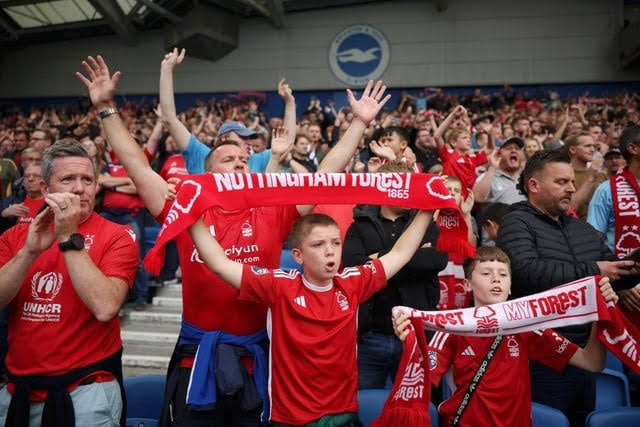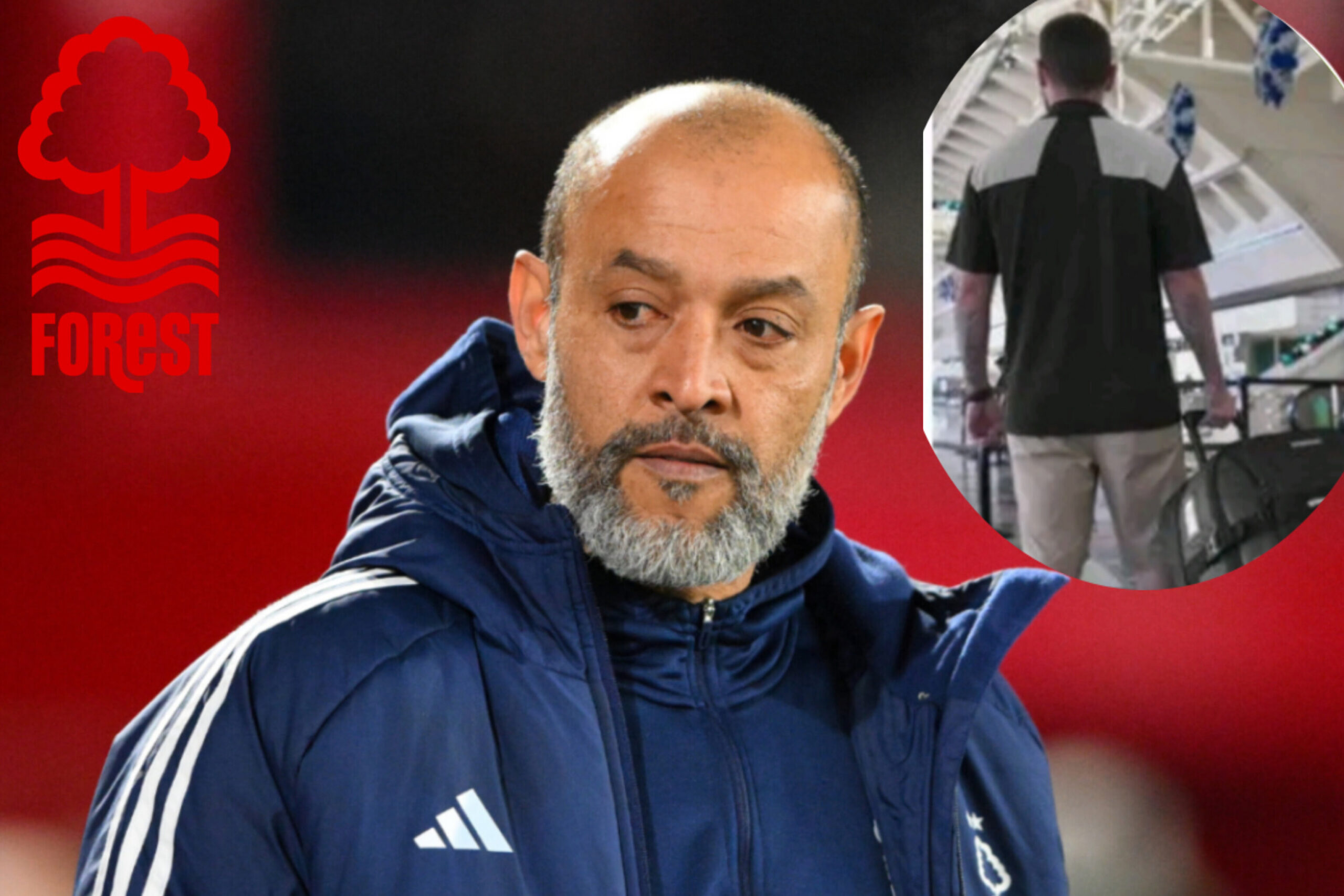The evolution of Nottingham Forest’s squad depth has perhaps never been more evident than in their recent handling of Morgan Gibbs-White’s absence. Just months ago, the mere suggestion of playing without their £42m star would have sparked anxiety among the Forest faithful. Now, after a commanding 3-1 victory over Leicester City, his temporary absence barely registers as a concern.
This shift in narrative speaks volumes about Forest’s strategic recruitment. Summer signing Elliot Anderson has seamlessly stepped into the No.10 role, delivering performances that prompted Sky Sports pundit Gary Neville to declare him “a hell of a player” who “will take some shifting.” The 21-year-old’s emergence has transformed what could have been a crisis into an exhibition of Forest’s squad depth.
While Nuno Espirito Santo’s initial response to Gibbs-White’s unavailability – a failed 4-4-2 experiment against Fulham – raised eyebrows, subsequent matches have showcased impressive tactical adaptation. Maintaining the familiar 4-2-3-1 formation with Anderson at its heart has yielded back-to-back victories.
The situation promises to become even more intriguing with Gibbs-White potentially returning for Saturday’s clash with West Ham. While the England international’s quality makes him difficult to overlook, he’ll return to find genuine competition for his position – a luxury Forest haven’t always enjoyed. This healthy rivalry could elevate both players’ performances further.
With Ibrahim Sangare and Danilo also nearing returns, and established performers like James Ward-Prowse watching from the bench, Forest’s selection dilemmas reflect their successful summer recruitment. Anderson’s versatility and potential, already causing regret at Newcastle United, exemplifies the club’s shrewd business.
The question is no longer whether Forest can cope without Gibbs-White, but rather how they’ll maximize their newfound depth. It’s a “problem” any manager would welcome, and a far cry from the anxiety that once accompanied their talisman’s absence.






